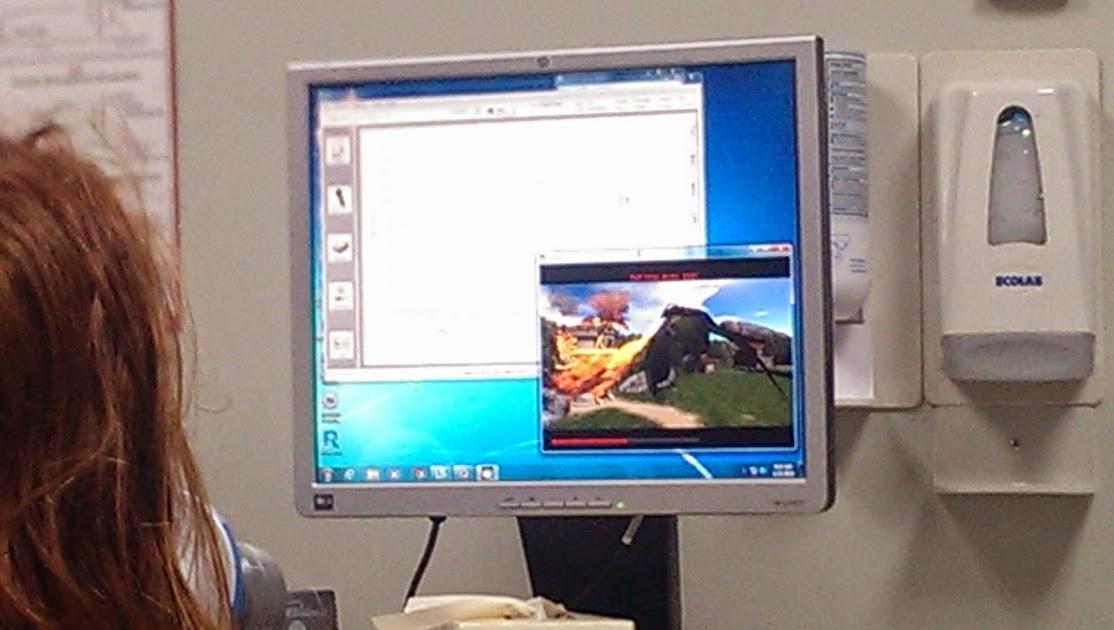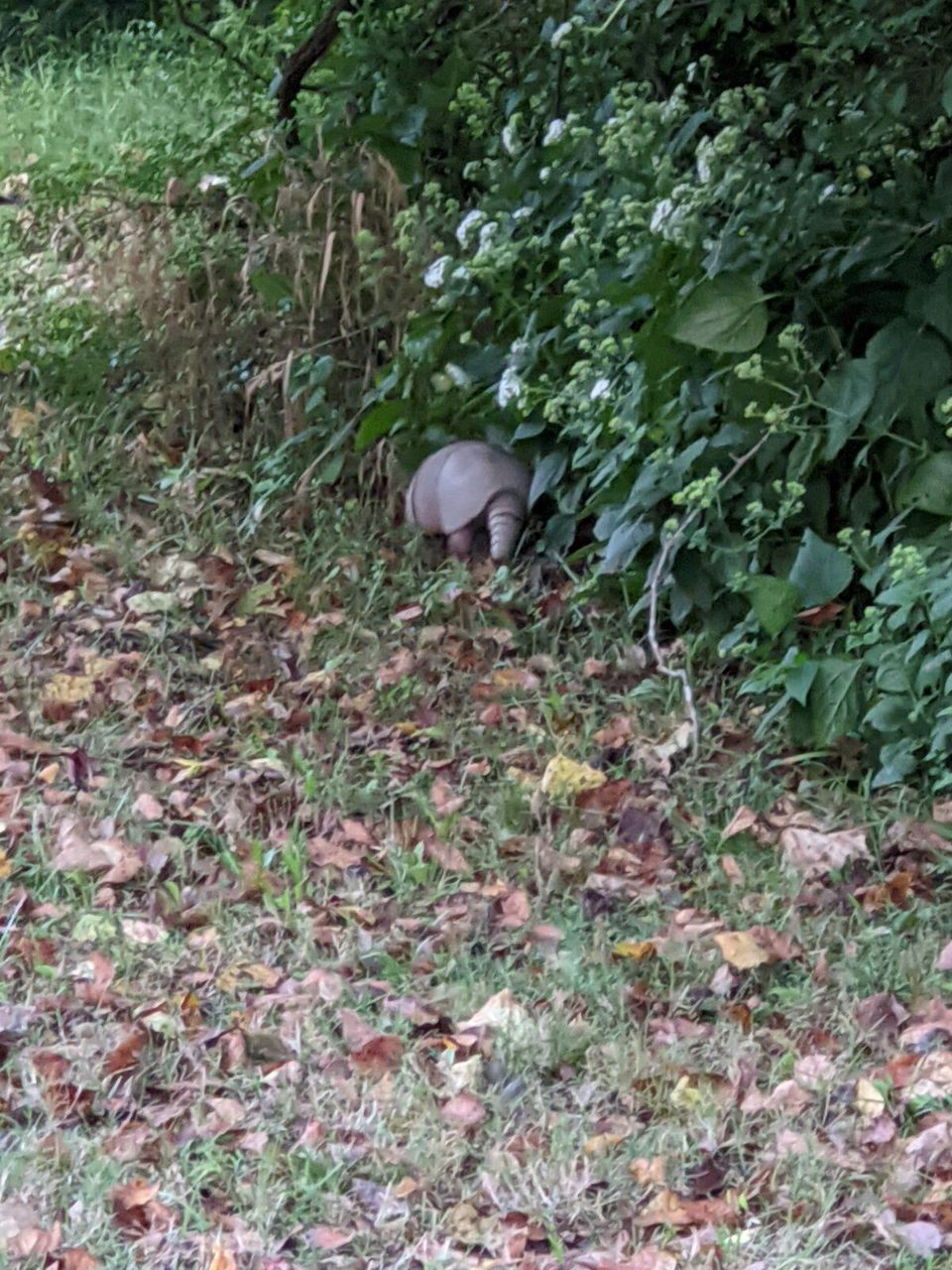Pokes of A Different Sort

After hearing that Betty was getting allergy shots so she would no longer have difficulty around cats, and after I talked to Kelly about their doctor’s insight on getting asthma under control young so the lungs can develop unhindered, both Monkey and I felt like further investigation into her wheezeys and allergies was a good step forward.
We headed to the Vandi ASAP (Vanderbilt Asthma, Sinus and Allergy Program) clinic last Friday, and we’ve got a plan! I love a good plan.
As always, Monkey was so self-possessed and calm. She was a little nervous, but composed.
After learning the doctor we were meant to see had been called away for a family emergency, then the second specialist did not take pediatric patients, we finally ended up with Christine MacLean, and she was wonderful. Listened to Monkey and asked questions of both of us, not just me.
Though we had blood-work allergy testing results with us, she recommended we have the skin test done, too. She said it was more accurate. I am not sure if that is true. I suspect that is just their general operating procedure, but we were certainly open to getting more information, so we headed downstairs for more tests.
First stop, pulmonary function.
This was a great example of how working with a group that often works with younger patients makes a big difference. I would go with my dad for pulmonary function tests, and they were never this fun.

Monkey was measured on air intake and exhalation. The “goal” was to burn down the cottage with her fiery breath while exhaling.

After the first round of breathing tests, she used a ventolin inhaler with a spacer, and after that had a few minutes to work, she did the tests again.
Then we headed down for skin testing.

Thirty highly-likely allergens, ranging from dust to grasses, cats, dogs, etc. Horses had to be added in as an extra. Then we sat for 15 minutes to see which of these would react.

You can see the “H” in the shot above, which is histamine, which everyone should react to to show the test is valid. Monkey is obviously red.
After the tech read those shots, she selected the 9 most reactive to test with a small injection under the skin. The goal was to get a measurement on these reactions so it can be compared down the road after allergy shots have been given for awhile to see if the reaction is lessening.
This part was painful for Monkey. The shots hurt, plus the fluid injection quickly gets itchy and uncomfortable. She got through it was grace, and we waited for 15 minutes for these to react.

The skin testing and the injections didn’t turn up any new information, which I guess is good. Disappointing that the blood testing we brought with us would have been sufficient, but we couldn’t have known that.
The child is delightfully unallergic to most common things. She’s truly only allergic to cats, dogs, and horses.
Christine met with us again after all the testing was complete to go over the plan.
Monkey will be on a couple different allergy medicines. She’ll be doing nasal lavage, as well as a nasal inhaler. Her sinuses are “a mess,” and if those aren’t better, they won’t start doing the shots, so Monkey has been a trooper about doing these things, which aren’t all that pleasant. Finally, she’s on a daily inhaler, with the hopes of healing the lungs, rather than using the rescue inhaler so frequently.
This all began on Saturday, and she hasn’t had a dose of benadryl, nor needed the rescue inhaler, so it seems to be working.
I’ll call today to set up the schedule for allergy shots, which all agreed she was a good candidate for. The doctor who came in to explain them to us was great about answering our questions.
In general, people get the shots “intensively” for the first 6 months or so. That means 1-3 times per week. Then they eventually taper to maintenance levels, which will be once/month, then every other month. This whole process takes 3-5 years! Approximately 75% of their patients show great results from the shots, and about 50% find life-long “immunity” with them. The general impression I got was that you could go in for “booster”shots, which prolong the impact. We need to learn if having pets actually provides some of that immunity, too. Still so much to learn.
Overall it was a valuable, worthwhile visit. Monkey was falling asleep in her chair by the time we left the office. It was a long morning with lots of information.
On to the shots.



